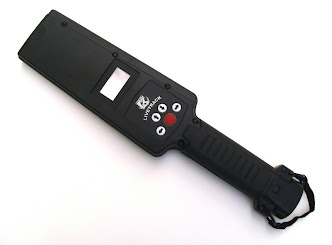Horse Care
In an effort to provide a basic guideline for minimum horse care requirements, the Kentucky Horse Council (KHC) recently developed an eight page educational guide called Minimum Standards for Equine Care in Kentucky. The guide is a free resource offered for educational purposes to horse owners, potential horse owners, law enforcement officials, and all horse interested individuals.
Featuring photographs which depict healthy horses receiving good care, Minimum Standards for Equine Care in Kentucky is appropriate for all horse owners. It includes information on minimum food, drink, space, and health care requirements for equines. In addition, the document encourages the practice of body condition scoring of horses using the Henneke Scale as a basis for the development of a feeding program regiment tailored to the unique needs of each individual horse.
“Over the past few years, through our extensive work with neglected horses, we recognized the need for an educational resource detailing the basics of horse care. Minimum Standards for Equine Care in Kentucky is a great tool for investigators to provide education to horse owners who lack an understanding of the rudimentary needs of their horses,” emphasized Madelyn Millard, KHC Board President.
Developed by the Kentucky Horse Council Health and Welfare Committee, the standards include information approved by equine veterinarians and humane officers.
The color guide has been provided to all animal control and law enforcement officials who have successfully completed Equine Abuse Investigation Training offered by the Kentucky Horse Council. All future attendees will also be provided a printed copy.
“This document is just one of the many ways the Kentucky Horse Council works to educate horse owners and law enforcement officials on the unique needs of horses,” Millard continued.
Minimum Standards for Equine Care in Kentucky is free and available online by visiting www.kentuckyhorse.org.
Source: Horse Channel
Read more...












